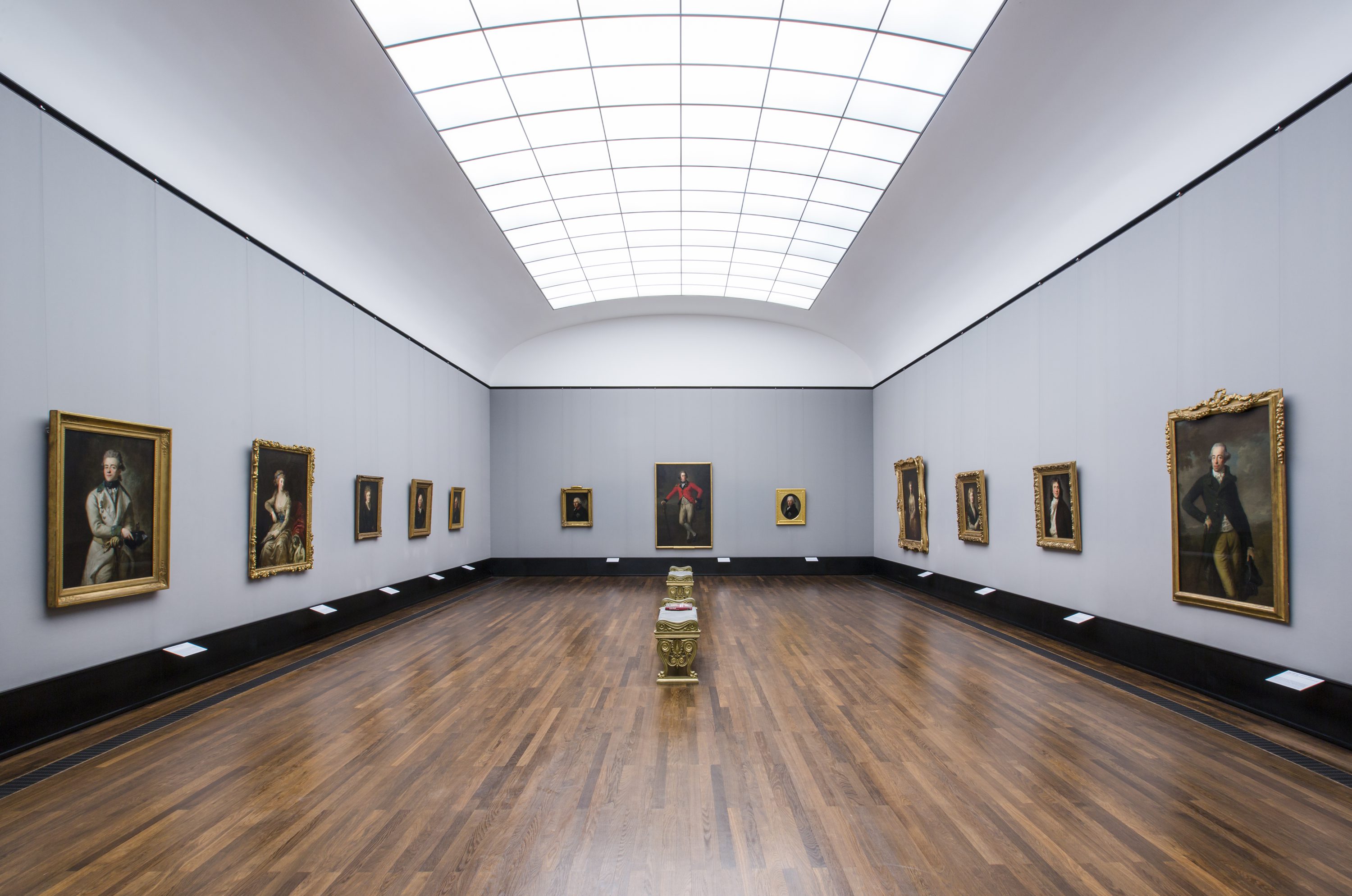According to the words of the philosopher Johann Georg Sulzer, the mastery of the great portraitist Anton Graff was to look “to the core of the soul”. The extremely productive artist is one of the outstanding portrait painters of the late 18th and early 19th centuries. His greatest achievement was portraying the celebrities of his era. We owe him the panorama of the German spirit, which includes the portraits of the most important poets and thinkers, such as Lessing, Nicolai, Mendelssohn, Sulzer, Wieland, Gellert, Herder and Schiller.
Graff was born in Winterthur in 1736 and took his first art lessons there. He continued his education in Augsburg, Ansbach and Regensburg. In 1766 - at the age of 30 - he became the Electoral Saxon court painter in Dresden and a member of the academy. He regularly traveled to Berlin, Leipzig and Switzerland. Towards the end of his life, Graff became a symbolic figure for the circle of young romantics in Dresden. The painter died in 1813 at the age of 76.
